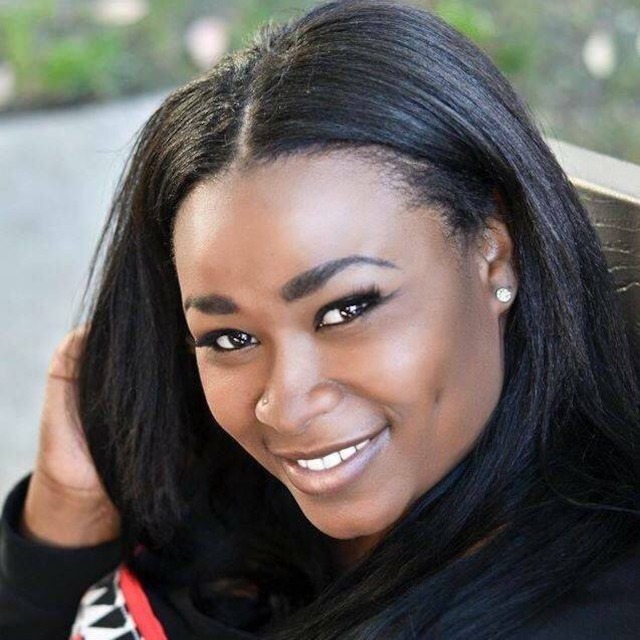“Thus Saith the Lord!”
By Lou Yeboah
“You have neither heard nor understood; from of old your ears have not been open. Well do I know how treacherous you are; you were called a rebel from birth.” [Isaiah 48:8]; “Hear this, you foolish and senseless people, who have eyes but do not see, who have ears but do not hear.” [Jeremiah 5:21]; “To whom can I speak and give warning? Who will listen to me? Their ears are closed so they cannot hear. The word of the Lord is offensive to them; they find no pleasure in it.” [Jeremiah 6:10);] “Son of man, you are living among a rebellious people. They have eyes to see but do not see and ears to hear but do not hear, for they are a rebellious people.” [Ezekiel 12:2].
In these passages, we see God lamenting the hardness of a rebellious people, His chosen people, to His wisdom and advice, given to them through His prophets. They have ears, but their ears [of hearing] are not open, and so they do not hear [comprehend, take to heart, heed] what God has to say to them.
“He said, “Go and tell this people: “‘Be ever hearing, but never understanding; be ever seeing, but never perceiving. [Isaiah 6:9-10]. “With your own eyes you saw those great trials, those signs and great wonders. But to this day you have not paid attention, taken heed. I am fed up with your hardness of heart, and so He says, in effect, “Have it your way, then. I will close your ears myself, so that you will not be able to hear, to repent and to be healed until I restore your hearing to you when the time is right.
Listen, Jesus is calling for us to “Listen up! Pay close attention!” Jesus told his disciples that the past is the key to the future. [Matthew 24]. For the coming of the Son of Man will be just like the days of Noah. For as in those days before the flood they were eating and drinking, marrying and giving in marriage. They were buying and selling and continuing in all the usual activities of human life. Business as usual. They paid no attention to Noah as he warned them of impending judgment; they paid him no mind whatsoever until the day that Noah entered the ark. One translation said, “They did not know.” What a damning indictment. It was an age of enlightenment. But they did not know. It was an age of great progress. But they did not know. It was an age of military might. But they did not know. It was an age when mighty men roamed the earth. But they did not know. They knew so much but understood so little. They knew more and more about less and less until they knew everything about nothing and nothing about what really mattered. Professing themselves to be wise, they became fools. They had no time for God until it was too late. That is the world of Noah’s day. They were wise fools who did not heed the warnings of the preacher of righteousness. Then the flood came and took them all away. For those that have ears, let them hear what the Spirit is saying.
The day of the LORD is near in the valley of decision. Where do you stand?” Pardon or Punishment. The Book of Haggai, the second shortest in the Old Testament, has a potent message. It tells us to put first things first in our lives. It was written to people, like us, who would have told you that God must be first. They believed that; but, they had drifted into a way of life where their intellectual belief in the supremacy of God was not reflected in the way they were living. They gave lip service to the priority of God, but in fact they lived with other priorities. God sent this prophet to help His people get their priorities in line with what they knew they should be. Putting first things first [Haggai 1:1-15]. Kingdom First [Matthew 6:33]. Set your minds on things above, not on earthly things. Live in light of Eternity. Your very salvation depends upon the priorities you set in your life as a Christian.
Let us be wise in light of the brevity of life and the fact that we will one day stand before Jesus Christ and give an account for what we have done in our body, whether good or bad (2 Corinthians 5:10; Ecclesiastes 12:14). Now is the time to establish our priorities and stay with them in the coming days, months, and years.
“Be careful how you walk, not as unwise men but as wise, making the most of your time, because the days are evil” [Ephesians 5:15-16].
 Westside Story Newspaper – Online The News of The Empire – Sharing the Quest for Excellence
Westside Story Newspaper – Online The News of The Empire – Sharing the Quest for Excellence

